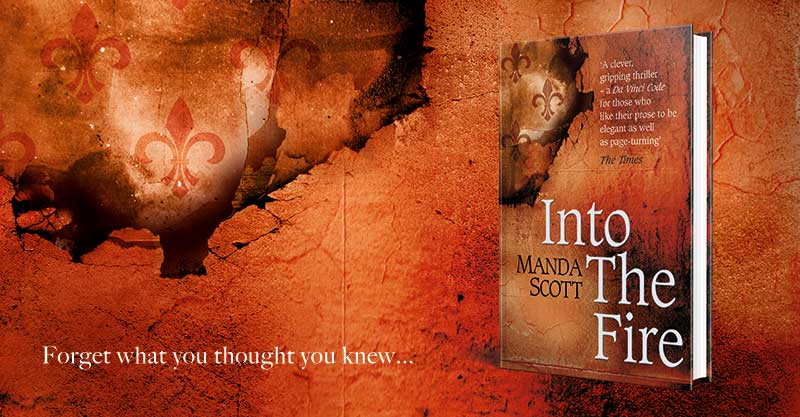THOUGHTS, DREAMS & ACTION

THOUGHTS | DREAMS | ACTION

Digging into the guts: writing into the fire
But I was working as a clinical anaesthetist at Cambridge Vet School and I had very little spare time for research into matters criminal. What I did have was free access to an entire department of supremely bright pathologists who could speak for hours without repetition or deviation on the topic of how one individual might kill another in ways that other pathologists would find immensely difficult to detect.
Thus was born the Kellen Stewart trilogy, the first of which was shortlisted for the Orange Prize (as it was then), and then the stand alone No Good Deed which was nominated for an Edgar in best thriller category. I wasn’t quite up there with my heroes, but I wasn’t too far off.
And then it became time to write the Boudica:Dreaming series. I’ve written elsewhere on how that came about. I stepped into the tides of history and my writing apprenticeship carried me through 8 books: four of the Boudica series and 4 in first century Rome with the assassin and spy Pantera. And now that apprenticeship comes to fruition with Into the Fire: a dual time-line thriller that combines the edge-places of a fast, hard, hi-tech contemporary thriller, with the passion and power of the past. And a woman warrior, of course – because it has to be done.
Particularly it had to be done once I’d worked out who Jeanne d’Arc really was.
The response in France is even more interesting. I know this because the breakthrough in ‘who could she have been?’ came from a newspaper article in the Independent which detailed the visit of a Ukrainian orthopaedic surgeon to a small village near Orléans. This man specialized in the modeling of faces on skulls long before computer programs did it in seconds. In those days, it was a real skill and took many, many hours. He was invited in to model a face on the skull of Saint Bernard. While he was there, he was shown the contents of the tomb of Louis XI, the son of the man Joan of Arc put on the throne.
In the tomb, were the partial remains of seven individuals: the king, his wife, four men – and one skeleton that this surgeon said was a woman’s remains – and he also said that her bone structure suggested that she had been trained to ride a warhorse from an early age – that the wearing of plate armour while the bones develop caused a significant change in the bone structure. He went on to identify the remains – and to say that here, unburned and alive into her late fifties, was Jeanne d’Arc. The French, obviously, were not impressed. They threw him out of France and haven’t let him back in. They have made no comment since and I have no idea whether these bones, if they existed in the first place, still exist, and if anyone else has made an independent examination.
But these things are secondary to the basic proposition. I had a thread to follow and that’s all a fiction writer needs: a plausible, possible – actually, when I looked into it – the only answer that makes any sense – answer to the conundrum: Who was this woman? For the detail, the how, the why – and an exploration of how such a revelation might impact contemporary France at a time when the right wing resurgence takes Jeanne d’Arc as its standard-bearer – you need to read the book. And then let me know whether the ideas, the merging of warrior-knight with contemporary action works for you.

